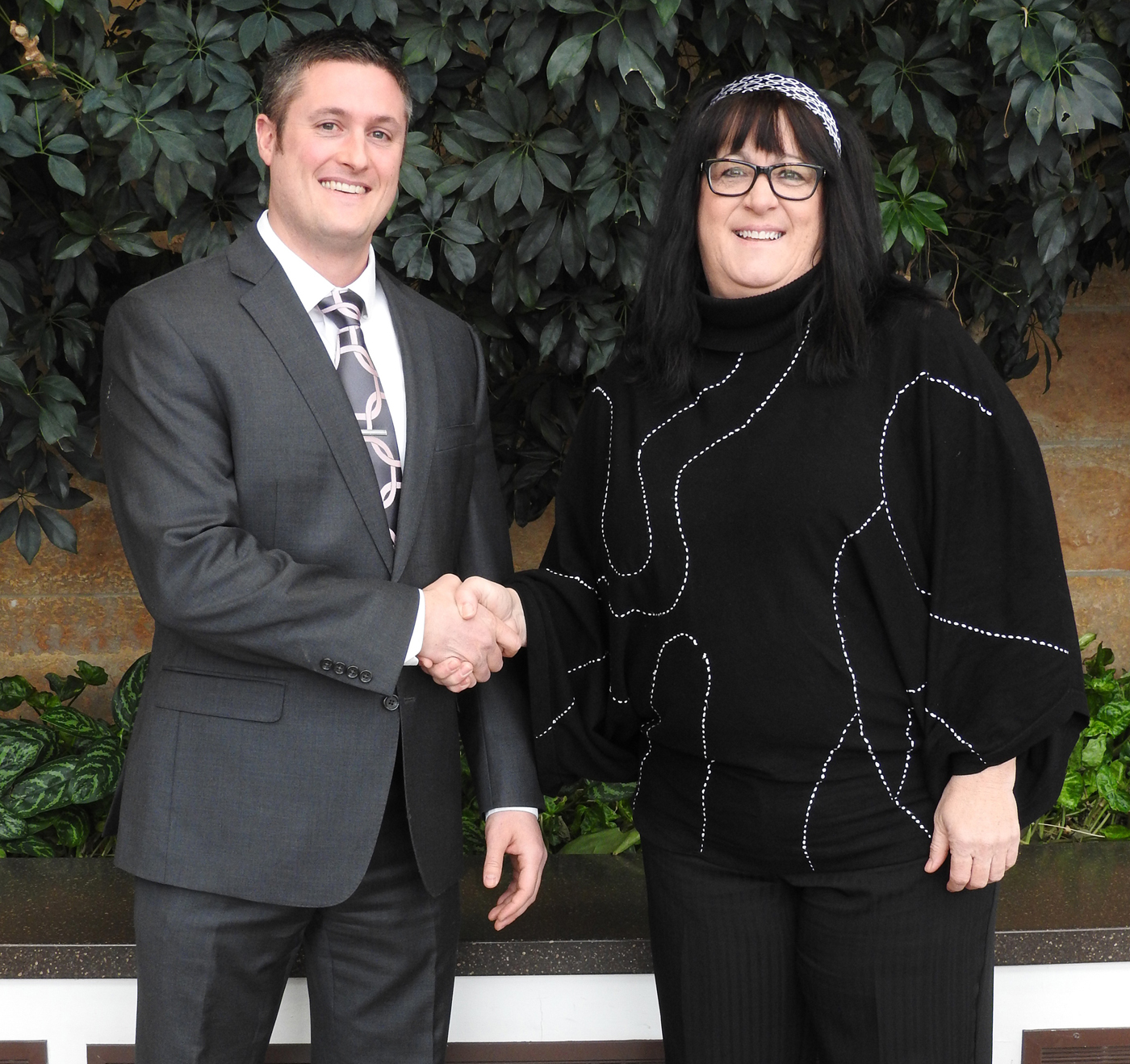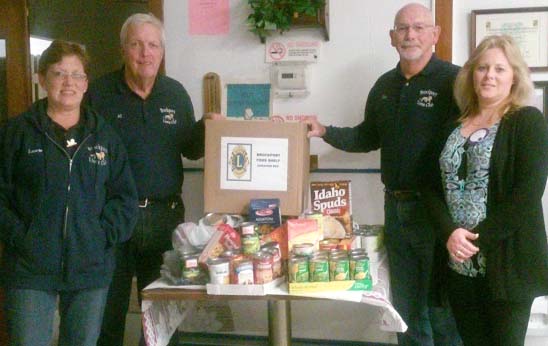Opioids – The Drug Next Door

Second of a four part series on the opioid epidemic affecting Western Monroe County
Our nation is in the midst of an unprecedented opioid epidemic and the surge of local deaths continues to rise. Addiction can affect anyone, but the grip of this epidemic has taken its toll on young adults between the ages of 18 to 25. Local doctors, schools, activist groups, police and legislators are actively working to educate, prevent and slow the death toll.
Norman Wetterau, MD, FAAFP, FASAM has dedicated much of his practice to Addiction Medicine. He obtained his MD from Duke University in 1967 and completed his Family Practice Residency at the University of Rochester in 1970.
In the 80’s Dr. Wetterau became very interested in Addiction Medicine. He now specializes in Addiction Medicine and has been a member of the American Society of Addiction Medicine (ASAM) since 1985. Dr. Wetterau’s experience also includes serving as the President of the New York Society of Addiction Medicine, as a Clinical Assistant Professor at the University of Rochester, a member of the Annual Medical Scientific Conference, and serving on the ASAM Strategic Planning Task Force.
Through his involvement, he has contributed to a number of legislative changes in New York State including legislation that prevents individuals from being arrested for possession when they call 911 for a drug overdose. Dr. Wetterau is very active in educating primary care physicians on how to recognize and treat individuals with substance abuse issues.
Since the 80’s, Dr. Wetterau has worked with many addicts. In the past five years he has witnessed a substantial increase of opioid addictions, especially with the younger generation. He believes that addictive behaviors typically begin in middle school or early high school years. Often kids begin experimenting with alcohol and marijuana.
“Substance abuse among this young age group is extremely contagious. For many kids this abuse can lead to addiction,” according to Dr. Wetterau. He has found more than half of the addicts he has treated began as teens using marijuana, alcohol and eventually misusing pain pills and heroin. Dr. Wetterau warns parents to not take any drug use lightly.
According to Dr. Wetterau, “Marijuana is not benign. It can affect a teen’s mental and emotional health. Depression and anxiety can be increased with marijuana use and lead to psychosis and paranoia.” He finds kids with unaddressed ADHD are at even higher risks.
Dr. Wetterau has also seen addiction in kids after sports injuries where prescription opioids are used to treat pain. Dr. Wetterau recommends parents avoid the use of prescription pain pills in children and teens whenever possible. If necessary, use should be limited to a brief period, three to four days after surgery. This is especially critical if the patient uses alcohol or marijuana. He also recommends that parents lock up any pain medications to avoid any misuse from family members or children’s friends.
Popular among some teens today is “skittles parties” where teens bring in pills from their home and share them at a party, often mixed with alcohol. This is extremely dangerous and deadly.
Dr. Wetterau also sees an increase in prescription abuse among college students. Often college students buckle under the pressure of academic achievements, heavy course work and social pressures leading to the misuse of prescription pills like Xanax, Ritalin, Adderall and pain pills. It is important that parents stay connected to their college students and maintain open communication on substance abuse.
Dr. Wetterau believes that it is imperative that medical professionals get on board with understanding addiction. Emergency rooms also play a vital role in proper treatment and referral of addiction. He sees a shortage in addiction specialist physicians in the area, but an overabundance of physicians who prescribe opioids.
Treating the underlying disease is the key to success. Dr. Wetterau uses a variety of treatments to help his patients. His recovery success rate ranges between 60 to 80 percent. Opioid addiction has a harsh and dangerous withdrawal and the cravings don’t just go away. Dr. Wetterau finds success in medicated therapies, long term counseling and monitoring, but equally important is a change in situation. Choosing new friends, new recovery support groups, and new interests to keep them on track. “As much as addiction can be contagious, so is recovery,” said Wetterau.
Ridding your home of unused pain medications is now much safer and easier in Monroe County thanks to Tom Sinclair, Industrial Waste Engineer for Monroe County. In April 2016 Tom rolled out the county-wide Pharmaceutical Waste Disposal Program. He was instrumental in helping Monroe county stay progressive with maintaining water quality for the residents.
In 2006 Sinclair saw the national trend towards pharmaceutical waste showing up in the water supply. To stay ahead of this concern he implemented a program to safely dispose of unwanted pharmaceuticals. Until 2006 it was illegal in the state for any agency to collect unwanted pharmaceuticals. Tom found the loophole to this law by implementing the assistance of police to legally collect unwanted pharmaceuticals. Over the past 10 years he has progressively been widening the scope of the program.
In April 2016 the Monroe County Sheriff and most local police agencies began to participate in the Pharmaceutical Waste Disposal Program. Most Monroe County police agencies now provide drop boxes at their stations and substations. The waste is picked up by the county and eventually transported to a company in Niagara that specializes in safe disposal. Since the inception of the program the county has collected over 68 tons of unwanted pharmaceuticals.
Sinclair feels this program is critical in environmental safety but also significant to help fight the battle against the opioid epidemic. According to Tom, “the diversion factor” is one way the county can help by providing residents a program to safely remove these highly addictive prescriptions from the wrong hands. On the westside, you can bring your unwanted prescriptions to Greece Police, Gates Police, Ogden Police, Brockport Police, as well as the sheriff’s substation in Ogden.
The Pharmaceutical Waste Disposal Program of Monroe County has won awards from the USA EPA and is now being copied and implemented in 11 other counties in New York State. For more information on drop off locations or times, visit www.monroecounty.gov/ecopark/pharmaceutical.php
Schools are also taking an active role in prevention by offering programs to educate the students, parents and community. Spencerport High School has a program called the CARE Team. The CARE team is a Chemical Abuse Referral and Education Team. The High School has a team of staff comprised of teachers, administrators, school psychologists, and counselors to help with drug abuse prevention and intervention. The prevention team helps to plan events that raise student awareness and education on the dangers of drug and alcohol use. The intervention team works to support students who may be struggling with substance abuse. Peers can make anonymous referrals to the CARE Team to help a student they feel might be in danger with substance abuse. A protocol is followed to determine if there are grounds to provide support.
Jessica Silsby, Vice Principal of 10th grade and the Care Team Leader finds that the program is getting a positive reception from the community. She said, “My hope is that we can work in a proactive collaboration with families to assist them in taking advantage of the resources available so that they can have informed conversations with their children. Addiction is an unfortunate reality of our society, which means it is a reality for students in our schools.” Jessica strongly encourages parents and caregivers to open communication with their children on this epidemic.
For more information on the CARE team or resources on drug abuse prevention, visit www.spencerportschools.org/highschool.cfm?subpage=6849
HPDICE, the areas first and only community coalition on the westside of Monroe County was formed by Laurie Polatas of Hilton. Laurie began this non-profit grass roots community coalition in 2014 after she nearly lost her daughter to heroin addiction. Laurie’s daughter began using heroin at the age of 18. Within a few uses she was addicted and ended up on a path that led to 16 months of incarceration. Her daughter is successful in her recovery journey. “There is no book to tell you what to do when you are in this crisis,” she said.
Laurie is a Hilton graduate and her children also attended Hilton schools. She is very invested in the community and helping families save their children’s lives from addiction. The objective of the group is to raise awareness about substance abuse and the stigma that overshadows it. They also strive to leverage community strengths and partnerships to address local prevention, treatment and recovery issues. According to Polatas, “You cannot arrest your way out of this epidemic. Prevention is key and the community needs to come together to partner with schools and officials.”
The HPDICE group has monthly meetings to help educate on various topics pertaining to substance abuse. Topics range from drug trends, awareness, prevention and legislation issues. The meetings are free and open to the public. They meet the first Monday of every month from 6 to 7:30 p.m. at Hilton High School.
For more information on the group, meetings or resources on prevention, visit www.hpdice.org
Read more next week in Part Three of the series, “Opioids – the Drug Next Door.” Hear from local moms who are providing support to area families, a Senator who is spear heading legislation to help, and coming to our area in the fall – Western New York’s first high school for children struggling with addiction.



